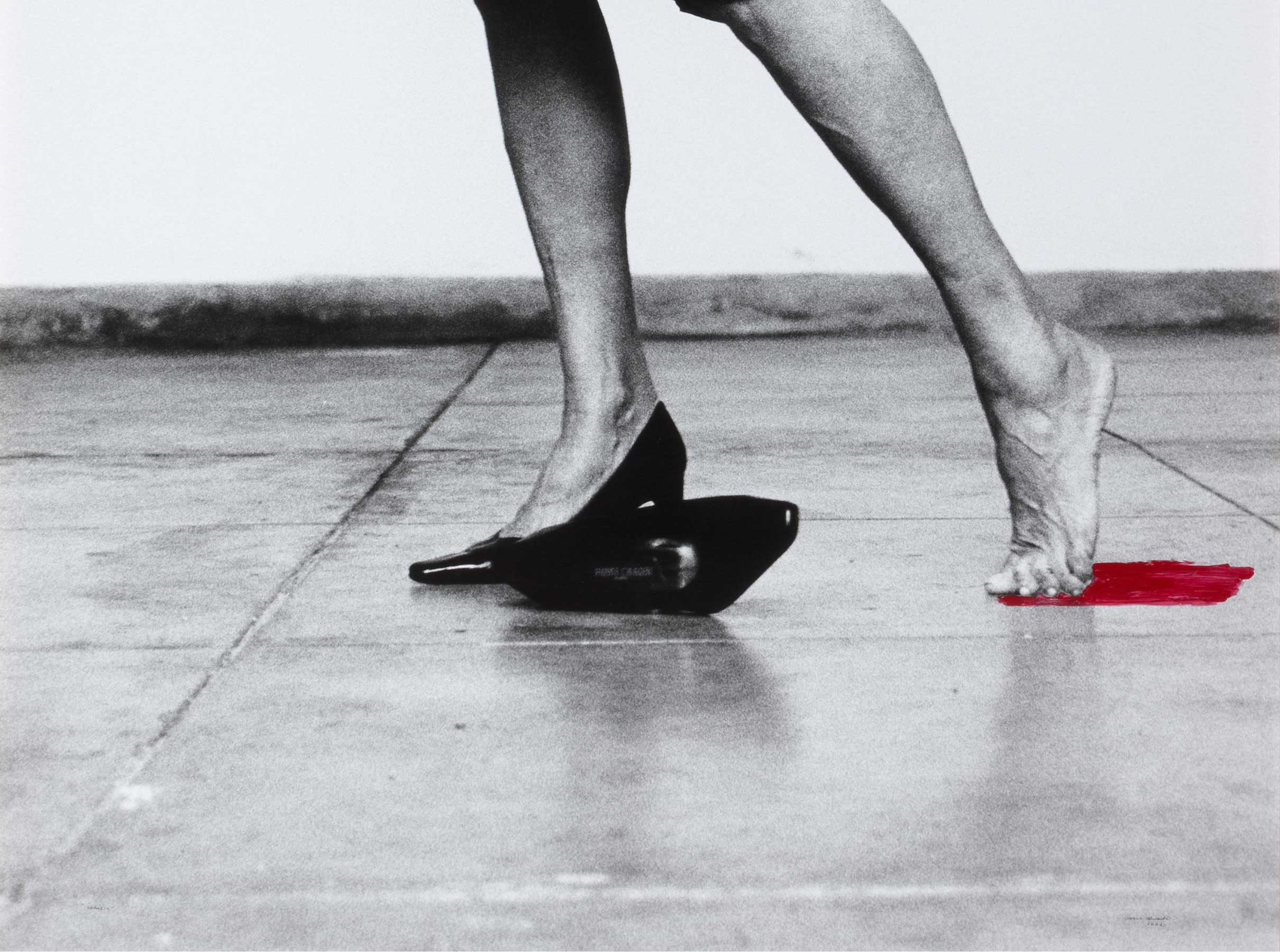Domus Aurea
- 1988
- Oil on canvas
- 200,5 x 200,5 cm
- Cat. P_431
- Acquired in 1989
Domus Aurea (Latin for ‘Golden House’) is an oil painting on canvas produced by Pérez Villalta in Madrid in 1998, just before his time at the Spanish Academy in Rome (1989-1990). He has said that he paints from memory, it could be argued here that he is rather painting from desire. References to architecture can again be seen in this piece. It depicts Emperor Nero’s vast residence on the Palatine Hill, which was discovered by chance due to a large hole in the roof of one of the rooms. In the painting that hole is an imagined skylight that is crossed with the real world, where the past and present are merged narratively. Works like this one, painted in the 1980s and 1990s, usually feature dreamlike spaces inhabited only by men, which Carmen Tejera calls ‘androecia’
Other works by Guillermo Pérez Villalta

